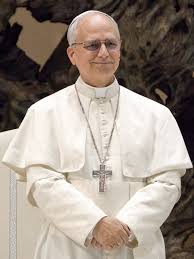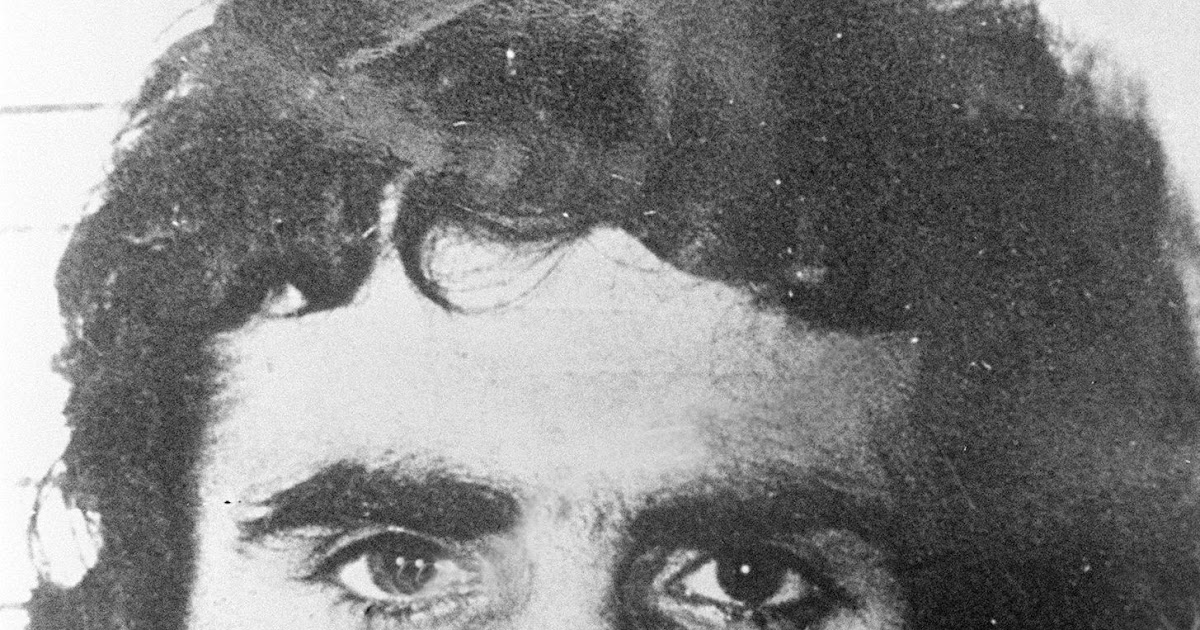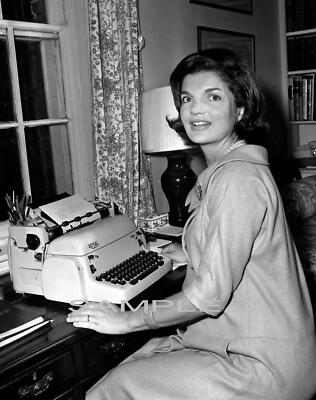
Introduction
Pope Leo, notably Pope Leo I who reigned from 440 to 461 AD, is one of the most significant figures in the history of the Catholic Church. His reign was marked by theological debates, particularly concerning the nature of Christ, and remarkable administrative skills that set precedents for future papacies. Understanding Pope Leo’s influence is essential in recognising how the Church evolved and adapted through challenges faced during the early centuries of Christianity.
The Historical Context
Pope Leo I ascended to the papacy during a tumultuous time marked by both internal strife and external threats. The Western Roman Empire was crumbling, and barbarian invasions posed immediate dangers. Leo’s leadership not only aimed to fortify the Church but also to safeguard Rome’s stability. One of his most notable actions was during the encounter with Attila the Hun in 452 AD, where he successfully persuaded the feared leader to turn back, undoubtedly saving the city from destruction.
Theological Contributions
Beyond his political influence, Pope Leo’s theological contributions were monumental. He is best known for his role in defining the doctrine of the Hypostatic Union—the belief that Christ is both fully divine and fully human. This doctrine was a pivotal point of agreement at the Council of Chalcedon in 451 AD, further solidifying his legacy and authority within the Church. His famous Tome outlined these theological views, establishing a clear articulation of the dual nature of Christ that remains central to Christian doctrine today.
Administration and Papal Authority
Pope Leo’s administrative skills also redefined the role of the papacy. Focusing on the structure and governance of the Church, he worked diligently to enhance the power and influence of the papacy over the secular authorities. His writings, including the ‘Letters of St. Leo,’ reflect his pastoral care, leadership philosophy, and the importance of the papal office in spiritual and administrative matters. He also took significant steps to codify Church practices and enhance ecclesiastical discipline, strengthening the Church against corruption and internal dissent.
Conclusion
Pope Leo I left an indelible mark on the Catholic Church and the broader landscape of Christianity. His successes as a theologian, administrator, and leader not only preserved the Church through challenging times but also shaped its future course. As the world continues to grapple with religious and moral questions, Leo’s teachings on authority, unity, and the nature of Christ serve as historical touchstones for contemporary discussions within the Church. His legacy prompts reflection on the ongoing challenges that faith communities face, making his contributions relevant even today.
You may also like

The Enduring Legacy of James Madison

The Life and Legacy of Freddie Scappaticci
